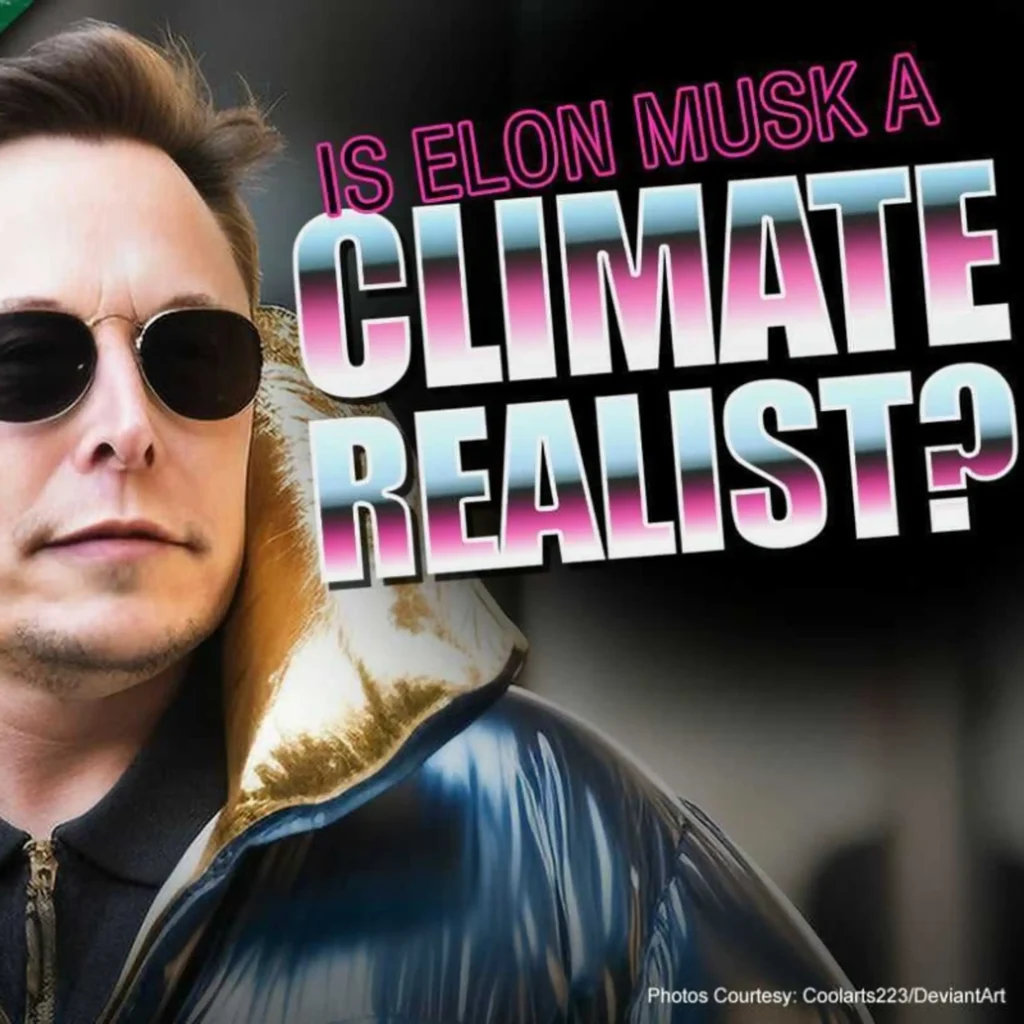The impact on the US economy of meeting the Kyoto mandates for reducing greenhouse gas emissions is far greater than asserted by the Clinton administration or partisans of the climate-change treaty, a new forecast by an independent government agency concludes.
The Energy Information Administration (EIA), a unit of the Department of Energy, estimates that obtaining the emission levels of greenhouse gasses permitted in the Kyoto climate-change treaty would:
- Reduce real US Gross Domestic Product by $64 billion per year,
- Raise the price of carbon (from which consumer energy prices are derived) by instituting a tax equal to $348 per ton,
- Hike gasoline prices by 53 percent over what they would have been in the year 2010,
- Boost electricity prices by 86 percent over 2010 prices.
“The EIA study confirms my suspicions,” fumed Rep. James Sensenbrenner (R-WI), chairman of the House Science Committee and the man who requested the EIA analysis. “We now know the real story behind the Kyoto protocol. Energy use will be more expensive, economic growth will be jeopardized, and American families will pay dearly for a flawed treaty.” (See Page 14 for details of the treaty.)
Janet Yellen, chair of the President’s Council of Economics, said as recently as August that meeting the Kyoto target would have only a “modest” impact on the US economy, assuming unlimited use of international emissions trading — a highly uncertain assumption given European opposition to such trading. According to her estimates, the cost of compliance could be as small as $14 per ton of carbon but no steeper than $23 a ton, compared with EIA’s $348.
Ms. Yellen and the White House, however, seem to be the only ones with an optimistic prediction.
Analyses conducted for industry and labor groups by reputable non-government sources such as Charles River Associates of Boston, WEFA (formerly Wharton Economic Forecast Associates) and DRI-McGraw Hill, among others, concluded that the carbon tax would add $266 to $295 a ton to the underlying price of carbon.
To reduce carbon emissions to the treaty’s limits, economists assume that a tax is added to the price of delivered-energy fuels based on their carbon content. The more carbon a fuel contains, the more heavily it is taxed. As a result of the tax, coal prices will rise more than petroleum and natural-gas prices, and the cost of generating electricity from non-carbon-emitting nuclear and renewable fuels does not increase at all. Although no carbon tax is directly levied on electricity, its price increases due to the higher cost of carbon-based fossil fuels used for generation.
Each $200 of carbon tax would raise the price of home heating oil by 55 percent, motor gasoline by 45 cents a gallon, natural gas used in business by 58 percent, and natural gas used by industry by 90 percent, according to calculations by the Global Climate Coalition.
The EIA study itself is a study in caution. EIA analyzed Kyoto-related costs for six separate scenarios, including mitigation of greenhouse gas emissions, emissions trading, and a “business-as-usual” standard. Then EIA calculated the impact of meeting each goal, producing a 17-to-83 percent range for the increase in overall energy costs.
But the only scenario that all parties have agreed to in the Kyoto procedure is the one that assigns the US a greenhouse-gas reduction of 7 percent from 1990 levels.
Many protocol-backers assert that the US assignment could be softened in negotiations during a conference of Kyoto parties in Buenos Aires in November. But that would mean re-negotiating the protocol that was agreed to in Kyoto last December. On the eve of the Buenos Aires conference, Melinda Kimble, acting assistant secretary of state, conceded that at best, “Buenos Aires has the potential to be a small step forward.”
The debate over the cost of reducing greenhouse gas emissions has been protracted and contentious, nationally and internationally, particularly since the protocol negotiation process began in Berlin in 1995.
The “Berlin Mandate,” in fact, called for an analysis and assessment of major proposals, but none was ever done, and none is contemplated. Negotiators, for various reasons, either didn’t want to slow down the process or preferred not to have an open debate about the possible effects impacts of their decisions.
The White House, confronted with conflicting views among federal agencies, including EPA, DOE and Treasury, sought to reconcile these differences by asking then-Deputy Secretary of Commerce Everlett Ehrlich to assemble a consensus.
After one year in review, an analysis examining one scenario (holding emissions at 1990 levels in 2010) was released in June 1997 as Ehrlich left government service.
However, soon afterward, Yellen, then chairing the Council of Economics, told a Senate hearing, that no further analyses would be done because it was “futile” to try to find a definite answer to future effects of climate-change mitigation proposals because the issue was too complex and uncertain.
In Buenos Aires, UN negotiations will try to “finish” the details of the Protocol. The Chief US negotiator, Under Secretary of State of State Stuart Eizenstat, told an industry briefing last month that the administration will continue to strongly oppose efforts to restrict the use of “flexible mechanisms”, such as emissions trading, by the US and others. Some European and developing countries think unlimited use of such mechanisms would allow the US to meet its Kyoto target painlessly.
The EIA study suggests otherwise, but the White House may not want to use a study internationally that contradicts its own analysis.



